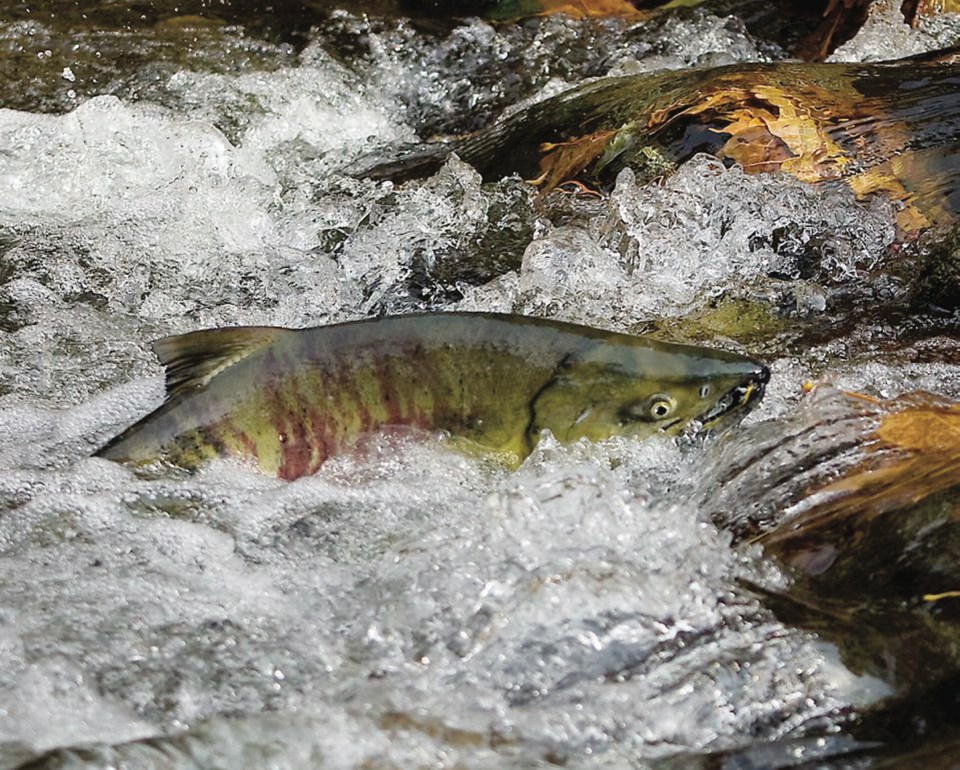Concern is growing that radioactive water from a damaged nuclear plant in Japan could affect fish in B.C.
Karla Robison, Ucluelet’s manager of environmental and emergency services, wants Ucluelet council to ask senior levels of government to support a study of chemicals in fish.
“We could work with local folks who are out fishing to get tissue samples and make sure there are no problems with the fish,” said Robison, who has led much of the on-the-ground response to earthquake debris arriving on the Island. “It’s a very, very important issue and quite frightening,” she said.
The Japanese government has acknowledged that 300 tonnes of contaminated water are pouring into the Pacific Ocean each day. On Tuesday, Tokyo Electric Power Co., operator of the crippled nuclear power plant, said that, in addition to the ongoing leak, about 270 tonnes of highly radioactive water have leaked from one of the storage tanks.
Tepco has said it does not believe that leak has reached the Pacific Ocean.
Robison wants to see an ecotoxicologist work on a study with local First Nations and is hoping funding could come from the $1 million the Japanese government gave B.C. to help with cleanup of tsunami debris.
But the Environment Ministry said that fund is to assist with cleanup, not scientific research.
A ministry spokesman said monitoring continues along the coast, but radiation from the Fukushima reactor is not considered a risk to British Columbia’s shores.
B.C. is approximately 7,500 kilometres from the reactor and the Pacific Ocean is 165 million square kilometres in area and, on average, four kilometres deep, the ministry said.
The federal government is the lead agency on radiation and scientific advice is provided by the Radiation Protection Bureau.
“Given the thousands of kilometres between Japan and Canada’s west coast, any radioactive material that might have been carried eastward via wind currents was dispersed and diluted over the ocean long before it reached Canada,” Health Canada said.
“The agency “will continue its regular radiation surveillance and monitoring activities.”
Nikolaus Gantner, an ecotoxicologist affiliated with Trent University in Peterborough, Ont., said the challenge is to discover how much radiation is accumulating in migratory or long-lived fish, such as halibut, salmon and tuna.
“There are simply not enough measurements being done in water and biota on this side of the Pacific Ocean,” he said.
“Continuous input to water for two years — and counting — will lead to ample opportunity for re-concentrating … up the food chain.”
Health Canada is doing some grocery-store-shelf tests, but Gantner would like testing extended to seafood eaten frequently by First Nations, such as oysters and crab.
Gantner doubts whether studies will find dangerous levels of radiation in fish, and said he has no hesitation in eating fish from the Pacific.
At the same time, he wants to study the levels of other chemicals in fish, noting that everything from shampoo bottles to chemicals from air conditioners ended up in the water after the tsunami.



